The content of the article
Almost all people have experienced shortness of breath at least once in their lives. Difficulty breathing can completely overtake both a sick and healthy enough person. Especially often shortness of breath appears during exercise. That it is the reason that many people limit their mobility, can not walk a long distance or climb the stairs to the desired floor. It is worth learning more about the causes and methods of dealing with shortness of breath.
What is shortness of breath
Dyspnea is a breathing disorder characterized by difficulty in inhaling or exhaling. In this case, the breath itself becomes superficial and frequent. Most often, elderly people suffer from shortness of breath. This is due to the development of cardiac pathology.
However, sometimes shortness of breath also worries young people, occasionally even children. Shortness of breath should not be confused with suffocation. Choking is a deeper breathing disorder that leads to a lack of air. During asphyxiation, a person cannot breathe, while gaining new portions of air into the lungs. With shortness of breath, air enters the lungs, but to a lesser extent than necessary.
In addition, dyspnea is often associated not with the difficulty of getting air into the lungs, but with the difficulty of getting it into the tissues. These cases will be discussed below.
Types of Dyspnea
There are three types of shortness of breath:
Inspiratory - with difficulty breathing. Most often occurs with laryngitis and tracheitis, when the clearance of the largest airways decreases.
Expiratory - with difficulty exhaling. It indicates a decrease in the clearance of small and medium airways, for example, obstructive bronchitis.
Mixed - with difficulty breathing in and out. It occurs in pathology of the cardiovascular system and anemia.
By accurately determining the type of shortness of breath, you can approximately make a diagnosis and understand what studies need to be done to confirm it.
In addition, there are several degrees of shortness of breath:
0 degree. Respiratory disturbance occurs when running long distances, rapidly climbing 5 or more floors, excessive physical exertion.
1 degree. Dyspnea occurs with significant physical exertion, a person can go more than 1km and climb more than one floor (two flights of stairs).
2 degree. Difficulty in breathing occurs with moderate physical exertion, passing more than 500m and climbing one floor.
3 degree. Dyspnea appears with daily stress, passing 200m and lifting one flight of stairs (less than a floor).
4 degree. Shortness of breath is present almost constantly, even at rest or when changing body position.
The causes of this pathology
There are several categories of conditions that can lead to shortness of breath:
- Heart disease: ischemia (CHD), heart failure;
- Lung diseases: obstructive, bronchial asthma;
- Hematologic pathology: anemia;
- Metabolic disorders: obesity.
The treatment of dyspnea depends on the specific disease that caused it, therefore it is necessary to analyze each type of pathology and the principles of its treatment separately.
Coronary heart disease (CHD)
This is the name of those pathological conditions in which the heart muscle receives less oxygen than it needs. This occurs in two cases: with a decrease in oxygen delivery, that is, a narrowing of the coronary arteries; and with an increase in oxygen demand, for example, with an increase in myocardial mass.The first pathology is often found in older people, the second - in athletes, who do not adhere to a special regime.
What's happening? With coronary heart disease, the myocardium suffers from hypoxia, which increases the frequency of its contractions. Thus, the heart tries to quickly renew blood in the coronary arteries. However, the more intense the heart is, the more oxygen it needs. Then another mechanism is activated: the frequency of respiratory movements increases, so more oxygen enters the bloodstream, and it updates faster.
The greater the hypoxia, the higher the degree of dyspnea.
Treatment. In order to get rid of shortness of breath in this case, it is necessary to treat coronary heart disease. In case of shortness of breath, a nitroglycerin tablet should be placed under the tongue. To prevent attacks, you can use the retard form of this drug. In addition, statin drugs should be taken.
Heart failure
This disease occurs as the outcome of other pathological conditions of the heart. For example, due to myocardial infarction, cardiomyopathy, myocarditis. The mechanism of dyspnea formation is associated with stagnation of blood in the pulmonary circulation and a change in blood supply in the lungs.
How does this happen? With heart failure, the myocardium weakens, now it can not pump the necessary amount of blood at one time from one circle of blood circulation to another. The small circle is in the lungs, here the blood is enriched with oxygen. In heart failure, this circle is full, part of the liquid sweats out in the lung tissue and prevents the implementation of a normal inspiration. Because a person breathes often and superficially. Shortness of breath increases with physical exertion and in a prone position.
Treatment. To get rid of shortness of breath, you need to "unload" the small circle and reduce swelling. For this, diuretics of the saluretic group, for example, furosemide, are perfect. The treatment of the failure itself must be approached comprehensively.
Chronic Obstructive Pulmonary Disease (COPD)
This is a whole group of heterogeneous diseases. Common to all of them is the presence of persistent irreversible obstruction of the bronchi. Such diseases include, for example, chronic bronchitis and chronic obstructive pulmonary disease itself.
At the same time, the lumen of the bronchial tree narrows and it is difficult for a person to exhale. Shortness of breath occurs first during physical exertion, and then at rest. COPD is often found among smokers, miners, and road workers.
What's happening? Under the influence of various aggressive substances, the bronchial tissue, which normally consists of elastic fibers, is replaced by collagen. Collagen cannot stretch and quickly return to its original position, like elastin. The lumen of the bronchi, roughly speaking, is compressed by the fibers of the connective tissue.
Inhalation is an active process, because it is easier to do under these conditions. Exhaling is a passive process, normally the air itself leaves the lungs with a decrease in the volume of the chest. If there is an obstacle in the bronchi, it will be difficult to exhale. An expiratory dyspnea is formed.
Treatment. To treat shortness of breath in this case, it is necessary to ensure normal patency of the bronchi. For this, long-acting inhaled beta-adrenergic agonists, for example, salmeterol, are used.
Bronchial asthma
What's happening? When an allergen enters, an inflammatory reaction occurs, which leads to a narrowing of the bronchial tree. The difference from COPD is that in the absence of an allergen, the bronchi return to normal. Bronchial asthma is a reversible disease. However, frequent seizures can lead to the formation of COPD.
Treatment.They treat bronchial asthma by inhalation of aerosols with glucocorticoids and fast beta-adrenergic agonists. For example, budesonide with salbutomol is used. Another treatment option is relocation. There are cases when, after moving from large industrial cities to small resort towns, people completely got rid of bronchial asthma.
Anemia
Anemia is a decrease in the number of red blood cells. At the same time, tissues and organs experience hypoxia, since it is the red blood cells that are responsible for oxygen transfer. The mechanism of dyspnea in this case is similar to the mechanism in ischemic heart disease. Treatment depends on the causes of anemia. Apply from blood substitute solutions to conventional vitamins or iron preparations.
Physiological
Zero degree of anemia is physiological. With physical exertion, to which the body is not adapted, even in healthy people shortness of breath occurs. This is due to the fact that during intensive work, tissues consume oxygen faster, and, therefore, they should quickly get a new portion of it.
Thus, we can conclude that shortness of breath can be the result of many pathological conditions. Her treatment depends on what caused her to appear. If you suspect a pathological shortness of breath, you must consult a doctor. In addition, there is physiological dyspnea. It does not require treatment, only longer longer moderate workouts.
Video: how to cure shortness of breath

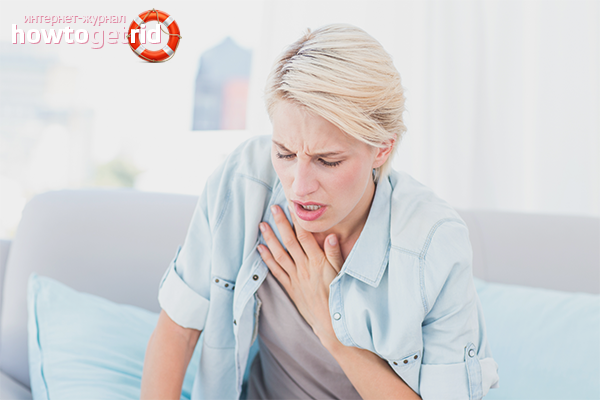
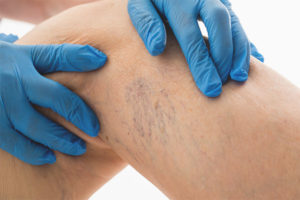

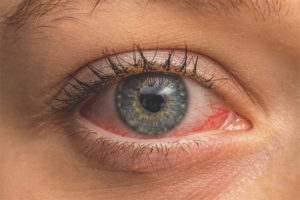

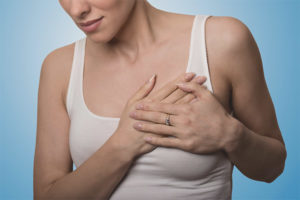

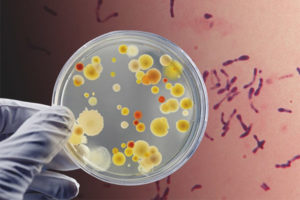

Submit